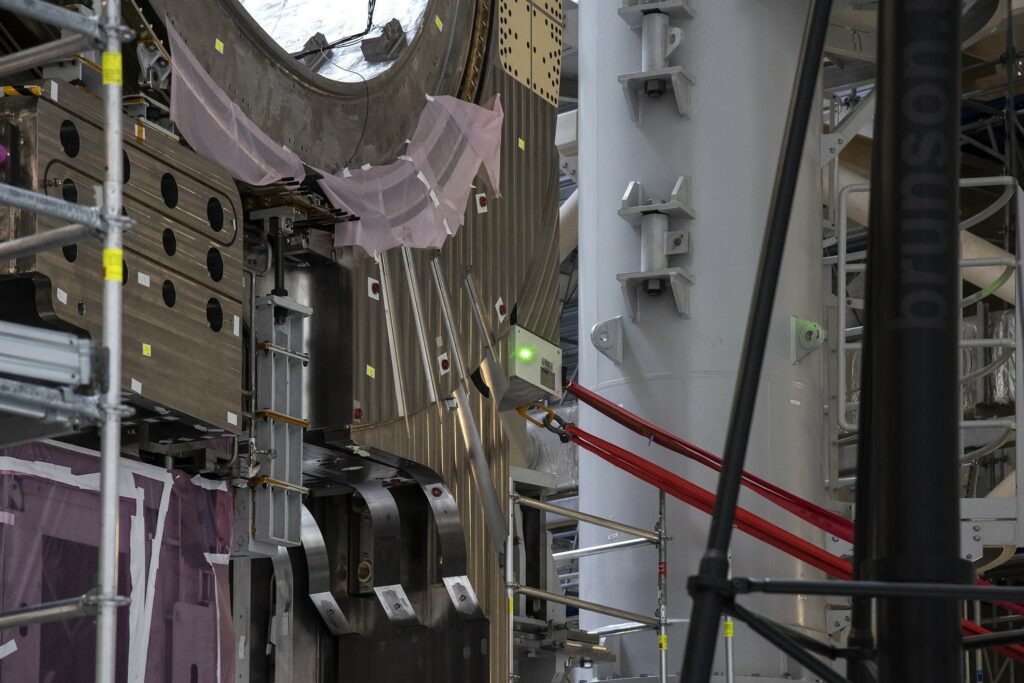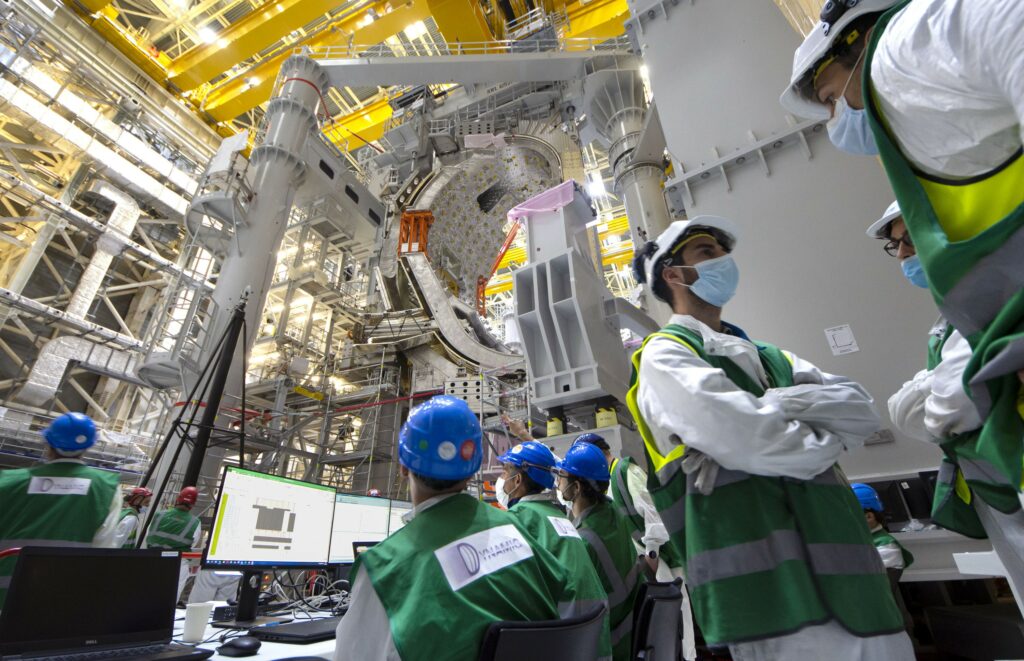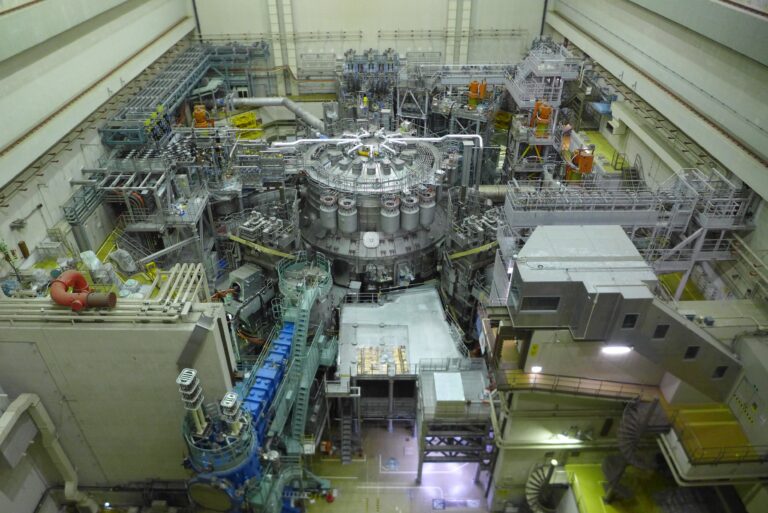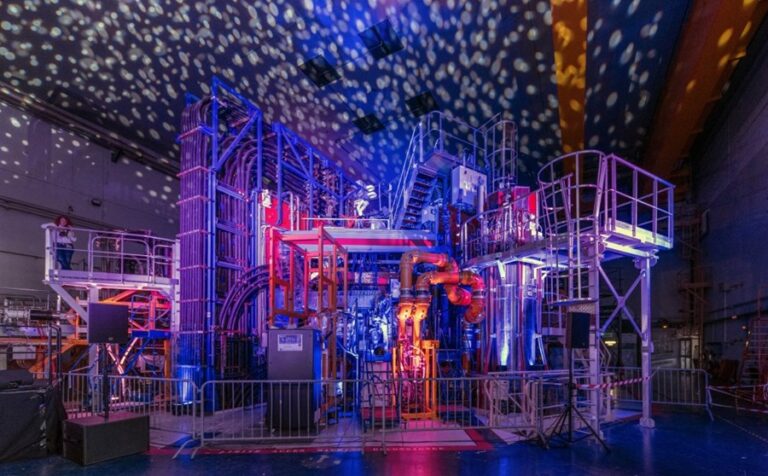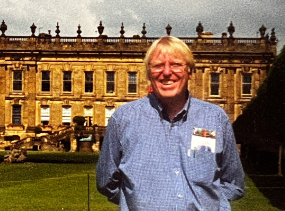A restricted area most of the time, the space at the base of the giant SSAT2 pre-assembly tool was exceptionally crowded. Specialists sat facing rows of computers, checking the numbers and graphs flashing on the screens. Crane operators delicately manoeuvred the joysticks on their control boxes. Once all movement had ceased, metrology experts pointed laser beams all over the steely surface of the component, measuring the most minute dimensional deviations to ensure that they remained within tolerance.
The “pre-lift” operation on Thursday 5 May was only the first sequence of the long-expected installation of the first vacuum vessel module in the assembly pit. In both height and distance it represented only a fraction of what the actual operation, scheduled in the coming days, will require. But for the teams involved, it was an indispensable step—permitting the thorough testing of every instrument involved before the big move to come.
Watch a short video of the pre-lift operation.
A Scientific Discovery
Fusion research and European efforts to realise fusion-generated electricity face two principal scientific challenges: plasma stability and understanding the effect of exposing materials to fusion neutrons.
“We sought to examine what happens to defects, created by neutron irradiation in heavy materials like tungsten at low temperature, to provide insight into the fundamentals of defect dynamics and also into the processes occurring in superconducting magnets at cryogenic temperatures under irradiation,” says a co-author Sergei Dudarev, Head of the Materials Modelling Group at the United Kingdom Atomic Energy Authority. “The theory of the effect was developed in 2017 by Tom Swinburne, who was then a EUROfusion Fellow, and his colleagues. And now the effect has been directly observed experimentally.”
What the team observed was that defects continue to move. At the atomic level, the defects constantly jump over microscopically small distances, and these jumps were directly observed in a microscope at various temperatures, to see whether they would stop at temperatures close to absolute zero. They did not.

